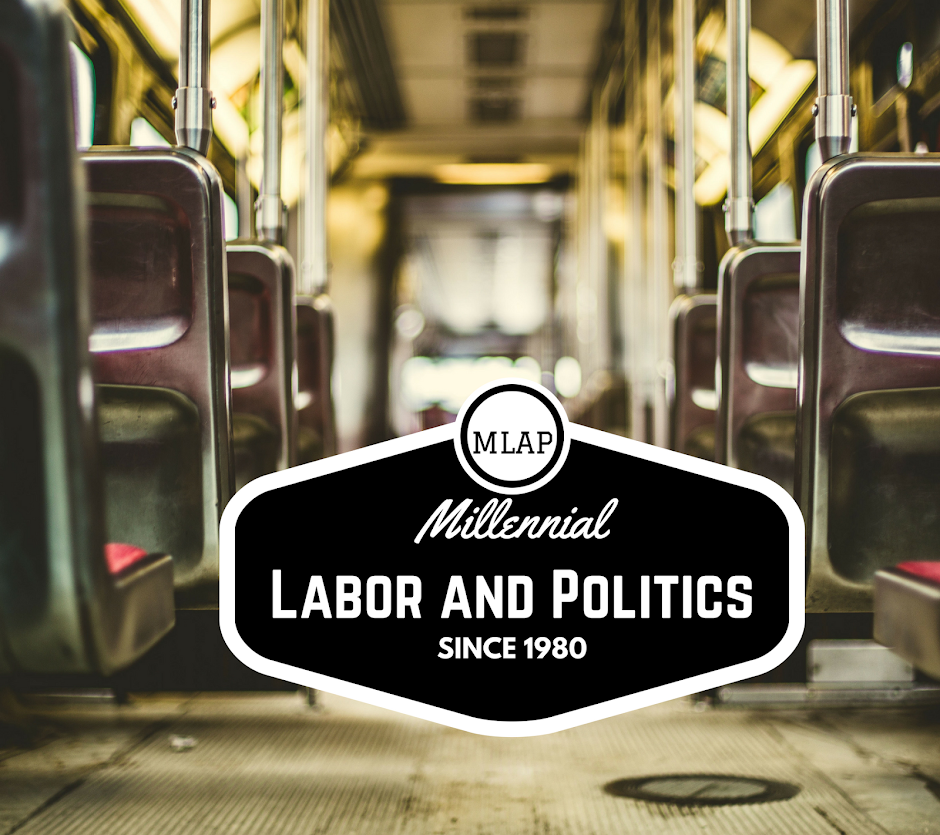Recently, Iowa and Missouri passed sweeping Right to Work
legislation. These two changes have led to 28 states in the U.S. now being
Right to Work, so I figured right now might be a good time to give a quick
crash lesson to everyone about what Right to Work actually is, and how it can
affect you as an organized labor member.
Right to Work originally comes from the southern states of America.
The theory was highly supported in the 1940’s by pro-segregationist and
anti-communist groups. It was originally started in 1936, in Houston. Vance
Muse, who was an oil industry lobbyist, received backing from the big oil
companies, and off to the races it went. The name in itself is purposely misleading. It has nothing
to do with giving you a “Right to Work”. What it does mean when Right to Work
passes is that you don’t have to pay union dues, but the union must represent
you. This includes covering workers in Collective Bargaining, but more
importantly, grievances and discipline. This is called free-rider benefit: The
free-rider gains all the benefits but doesn’t have any costs associated for
them. Over time, your workplace rights are taken away.
So let’s pretend you now work at Super Corporation in a
Right to Work state. Let’s also say that employee #1 is real piece
of shit, and he’s consistently in trouble. He or she is one of the multiple members that doesn't pay union dues. The union’s legal fund has been
completely demolished by legal fees, because he’s in and out of court with the
Corporation, but the Union is required to represent him fairly. If another
employee has a disciplinary issue, a contract goes to arbitration, or the union
even has a general need for funds, they are sunk. The slow erosion has started.
What are the facts
about working under Right to Work?
Union dues are similar to taxes. Nobody likes to pay them,
but for somebody has to for basic workplace protection. Have you ever noticed
that Right to work laws are largely backed by major corporations and anti-labor
special interests? Pay in Right to Work states is less, because there is no
voice at the bargaining table. Instead of one CBA, members essentially are
bargaining for themselves. Workplace accidents are 51% more likely to occur in
Right to Work states. Infant mortality is also higher in these states because
of the lack of health care offered by employers. Unfortunately, these facts aren’t
propaganda, but numbers from actual scientific studies. Below is a map of Right to Work states in the U.S.
Interested in more Right to Work information? Ask me, or
check out the following websites!
Cheers,
Brandon



Great post! So how can we get involved if we work for company that has a union but we are naive to this right to work/union stuff? Thanks again!
ReplyDeleteThanks Emily! If you already work for a company that has a union, try connecting with one of your Union officers for a better education. They will undoubtedly appreciate your interest and try to help you get involved. There are organized labor unions for almost every type of job out there!
DeleteSweet, great advice. Maybe I can put my legal nurse consulting cert to use for a healthier work environment and the greater good of our nurses :)
ReplyDelete